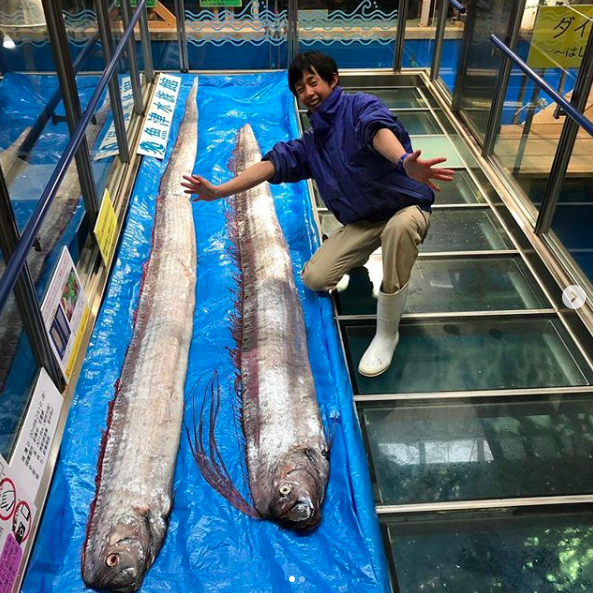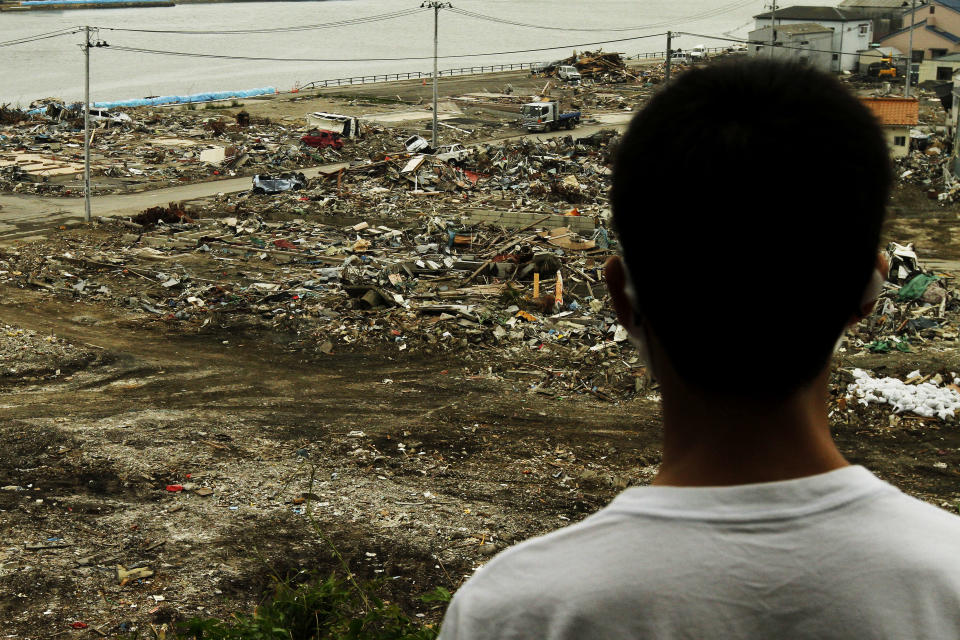'Bad omen': Why fish sightings have sparked fears of earthquake
A number of oarfish that have washed up in Japan have sparked concerns the inundation might be a precursor to a tsunami.
The Uoza Aquarium posted photos of oarfish on Instagram, some more than three metres in length, after they washed up in Toyama on the country’s west coast.
So far seven have washed up this year, according to the aquarium, including three this week.
Oarfish are rare and normally live at depths ranging between 200 metres to a kilometre deep.

In March 2010, a number were caught in stationary nets or found drifting ashore in the same area, The Japan Times reported.
Yoshiaki Kai, from Kyoto University’s Maizuru Fisheries Research Station, told the publication back then he had “never heard of so many of them” surfacing at one time.
The appearance of the fish are said to be the omen of a big earthquake.
A 9.0-magnitude earthquake hit Japan on March 11, 2011 – about a year after the article was written.

It killed more than 15,800 people.
Seismologist Kiyoshi Wadatsumi told the Times in 2010 “deep-sea fish” were “more sensitive to the moments of active faults”.
It is a concern held by some social media users the fish could be indicating an earthquake was imminent.
“We are doomed,” one woman wrote on Instagram.
One man simply wrote: “Bad omen.”

But Kagoshima University’s Hiroyuki Motomura, who studies fish, told CNN he believed the fish rose to the surface because they were in poor physical condition.
He added “there is no scientific evidence” linking the appearance to earthquakes.
“I don’t think people need to worry,” he said.
Kazusa Saiba, who works at the aquarium, said it could be put down to global warming or “a reason we’re not aware of”.
Stay up to date with the latest news with Yahoo7’s daily newsletter. Sign up here.


